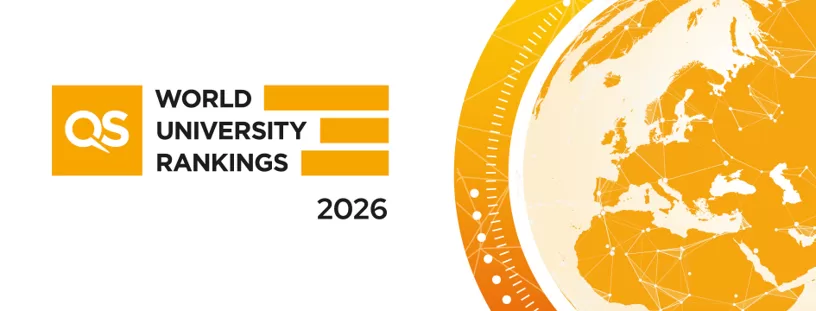
Latin America’s higher education industry is characterized by a rich history, for example, the vast majority of private universities in Latin America have their roots as Catholic (Jesuit) institutions. In recent decades, as many Latin American economies transitioned from socialist economies to the free market, we have seen a proliferation in the number of private universities across the region. This has led to positive trends as well as challenges such as the Chile student protests between 2011-2013. This article will discuss some of the higher education trends that have been occurring in the Latin America region in recent times.
Other challenges are economic as faster economic growth in the region is driving rises in the demand for higher education in Latin America. However, the most significant challenge facing Latin America’s higher education sector is the inflation of higher education or otherwise the devaluation of degrees which this blog post will touch on.
In orthodox economic theory, greater education levels should lead to better quality jobs and overall increases to a nation’s productivity. However, trends suggest that Latin American institutions are not preparing students effectively to enter the labor market.
Instead, applicants are completing more qualifications whilst seeing no improvements in labor market opportunities. This then leads to a vicious cycle where students in Latin America obtain more degrees, thereby increasing competition for the few, existing jobs. In short, we are seeing a devaluation of degrees in Latin America despite more students than ever studying at postgraduate level. Students are seeing the purchasing power of their qualifications decline which will have a detrimental impact on the economic future of many Latin American states.
Applicant Survey 2016/17
If we look at the data below collated from the Applicant Survey 2016/17 we can see that Latin American students have trends unique to them. For example, 41% of all applicants stated their motivation for studying at undergraduate level was “as a requirement to enter a particular profession” whereas this figure for Latin American applicants was only 27% and did not make up the top 5 ranked responses.
At Masters level, the trend was maintained as 24% of all applicants said they applied to study Masters “as a requirement to enter a particular profession” whereas only 6% of Latin American applicants listed this as a motivation.
To summarize, the trends convey that students in Latin America tend to value education more intrinsically whereas for students of other regions such as Asia and Europe, higher education remains mostly a means to an end, that end being a career. Below are tables summarizing these results:
- Motivations for Latin American students pursuing Undergraduate study

2.Motivations for Latin American students pursuing Master’s study

Another related phenomenon impacting on the higher education sector in Latin America is quality. Since the 1990s many states in the region have embarked on free-market reforms, leading to more institutions focusing on increasing quantity instead of quality. According to the QS World University Rankings 2018, Latin America can lay claim to only one university (Universidad de Buenos Aires) within the top 100 institutions. To put this into perspective, Asia has twenty-three institutions ranked within the top 100 institutions.
Quality concerns in the Latin America higher education sector are due to a variety of factors such as rigid labor laws that make it hard for universities to compete as well as the lack of any funding or incentives for institutions that wish to pursue world-class research.
Observers trace these quality issues back to the free market reforms that led to an explosion in the number of for-profit private universities in the region. Instead of governments or institutions creating the necessary quality control mechanisms early on, the quality control frameworks for the higher education sector has remained weak. This had led to quality and standards being lower than other comparable regions such as Asia Pacific where there has been a history of coordinated public and private efforts to ensure that the needs of both universities and the labor market are met.
CONCLUSION
To conclude, Latin American institutions would be best placed to address the inflation of higher education degrees and quality concerns. To do the former, Latin America could follow the lead of regions such as Asia Pacific where there exists a symbiotic relationship between the private sector and universities to absorb graduates into the labor market. For the latter, Latin American institutions would be able to drive standards up by putting into place stronger quality control mechanisms that ensure greater levels of scrutiny for degrees and institutions across the region.
Doing this will prevent the repeat of large-scale student protests as seen in Chile, but more importantly, it will prevent the futures of many ambitious students from being compromised.



